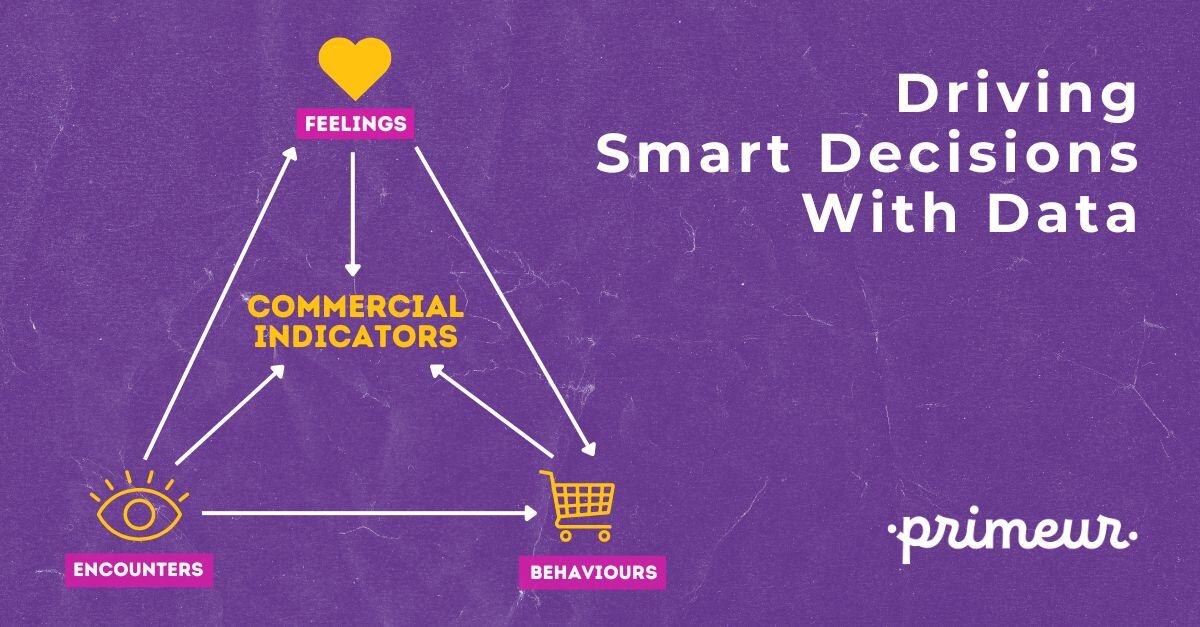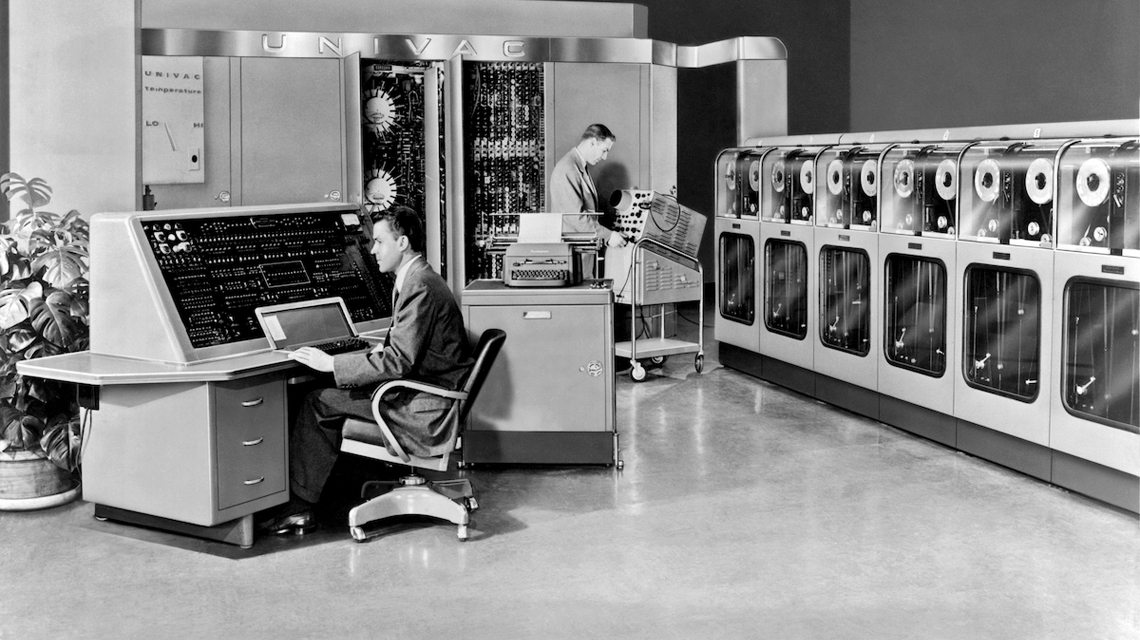
As big as a closet, weighing 13 tons and with a price tag of between $1.25 and $1.5 million. These are some of the most curious aspects of UNIVAC I, the first commercial computer in history delivered to the United States Census Bureau on March 31, 1951, exactly 70 years ago. A revolution that continues today, driven by the pandemic: according to the Financial Times in fact, PCs sold increased by almost 5% in 2020 with 275 million more units sold, the highest figure in the last 10 years.
On March 31, 1951, exactly 70 years ago, engineers J. Presper Eckert and John Mauchly, delivered to the United States Census Bureau the first commercial computer in the world that took the name of UNIVAC I (Universal Automatic Computer I) with the aim of monitoring the so-called baby boom, or the substantial population increase that occurred in America in the early fifties. Put into operation the following June 14, 46 units were sold to some companies and to the U.S. government: in addition to the U.S. Census Bureau, UNIVAC was acquired by General Electric, a private company that used it in its home appliance factory in Louisville for the management of the company’s payroll and for the control system of warehouse inventories. What’s remarkable about this invention? One might think of its selling price, between $1.25 and $1.5 million, or its size, the size of a large closet for a total weight of 13 tons. However, the real revolution consists in the fact that for the first time in history a computer was used for data processing, and not only for equations and complex calculations, the main function until that moment. Moreover, for the first time the term “automatic” was adopted: all data, both numbers and letters, were stored and read by a metal tape unit, without the need to enter programs manually. It was a completely innovative and visionary tool that the New York Times called “The 6’4″ mathematical genius” capable of recording and classifying an average citizen by gender, marital status, education, residence and other information in one-sixth of a second.
But what has changed in 70 years in commercial data management? It could be said that for the first time in history, a computer anticipated the evolution that would come to be known as Data Integration – a complex process of assimilating, mapping, moving and transforming data, necessary to get it processed and working. Today, digitization has led to an exponential growth in the amount of data that companies must know how to manage effectively and quickly. From huge computers we have moved on to software capable of managing data intuitively, dynamically and securely. Among these are those of Primeur, an European multinational specializing in Data Integration, which for over 30 years has supplied its tools to national and international companies.
“In 70 years, technology has made enormous progress. UNIVAC I was certainly the forerunner of this movement, which today is fundamental for managing the operations of large companies in the public and private sectors – says Stefano Musso, CEO of Primeur – better data management means a greater increase in productivity, time to market and the overall service of a company, as well as allowing more precise and rapid choices to be made at the business management level”.
Despite the difficulties encountered by the two scientists in the construction of UNIVAC I, this work brought them great satisfaction and records. On November 4, 1952, for the first time in history, a computer was able to predict Dwight D. Eisenhower’s victory in the presidential elections with a margin of error of 1%. From that moment on Americans became really aware of the technological importance of this machine, so much so that UNIVAC became the most common word for computers. UNIVAC I was not the only enterprise for scientists Presper Eckert and John Mauchly: a few years earlier, exactly in 1946 they designed ENIAC, Electronic Numerical Integrator and Calculator, the first general purpose electronic computer in history. The project was entrusted to the two scientists by the U.S. Army Ordinance Department, which needed a tool capable of solving the problems of calculating the ballistic curves of artillery projectiles. Unlike the UNIVAC I, this first computer occupied an area of 180 square meters and weighed about 30 tons. In addition to its large size, the ENIAC consumed up to 150 kilowatts of power, which is why, when it was first put into operation, it caused a general blackout in the western quarter of the city of Philadelphia. Not surprisingly, the word “brainiac” comes from the first ENIAC electronic computer.
From costing $1 million and weighing 13 tons, the computer has entered every home and office around the world, revolutionizing the way we live and work. In the last year, the pandemic has significantly pushed the PC market, recording the best growth of the last decade globally: as reported by the Financial Times, according to a research of the company Gartner in the last quarter of 2020 the units of Personal Computers shipped worldwide were 79.4 million, an increase of 10.7% compared to the previous year, while on a yearly basis there was a growth of 4.8% compared to 2019, with 275 million more units sold, the highest figure ever recorded since 2010. Research firm IDC, meanwhile, reported 303 million units shipped with 13.1% growth in 2020, while Canalys said shipments grew 11% over the past year to 297 million units.
In conclusion, here are the 10 trivia facts about UNIVAC, the first commercial computer in history:
- Presper Eckert and John Mauchly ended up on the brink of bankruptcy, as Census Bureau funding was only $400,000 and the total cost of designing and building the UNIVAC I came close to $1 million.
- The selling price of the first commercial computer was between $1.25 and $1.5 million.
- It was first used by the United States Census Bureau to monitor the so-called baby boom, the substantial population increase that occurred in America in the 1950s.
- General Electric was the first private company to use the UNIVAC I for payroll management and inventory control system for the home appliance factory.
- It was the first computer in history to predict victory in a presidential election. On November 4, 1952, it awarded victory to President Dwight D. Eisenhower with a 1% margin of error.
- UNIVAC I was the first computer in history to be used for data processing, capable of storing both numbers and letters automatically.
- It consisted of 5200 tube valves, all installed in the processor.
- It weighed 13 tons, consumed 125 kW and operated at a speed of 2.25 MHz.
- It was capable of 455 multiplications per second and could store up to 1000 strings in mercury memory.
- Each memory element could hold two instructions, an 11-digit number, and signs or 12 alphabetic characters.
Read the articles on Consett Magazine and The National





